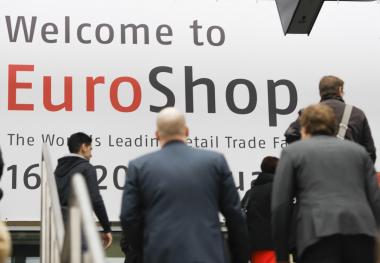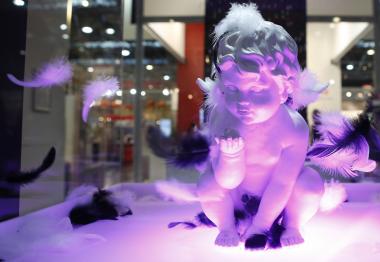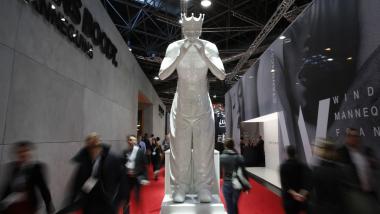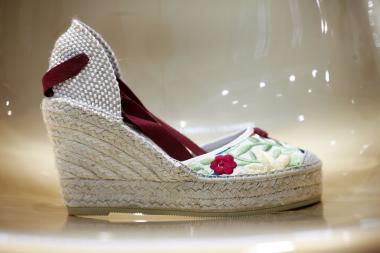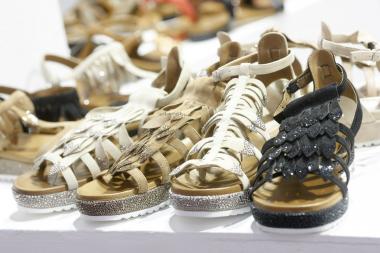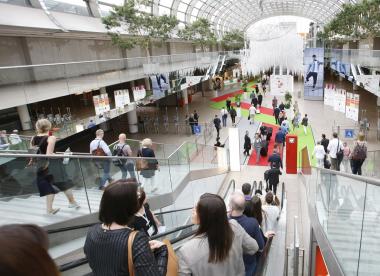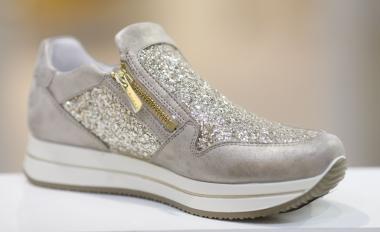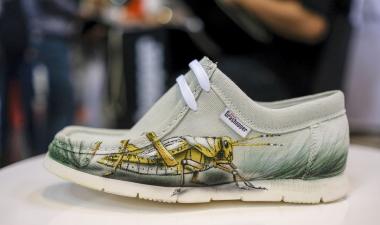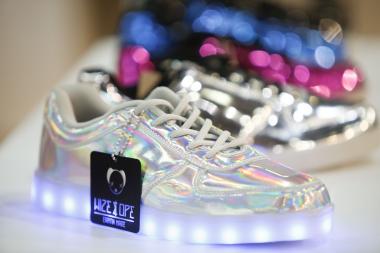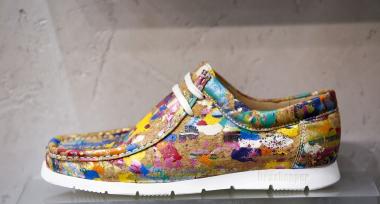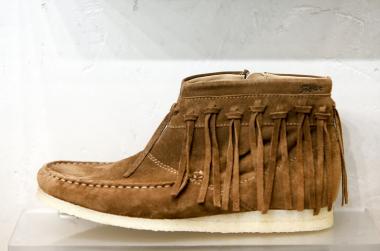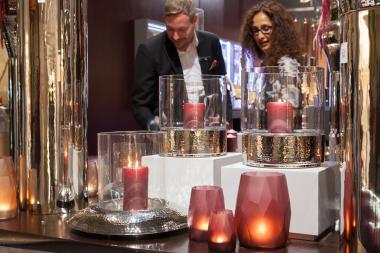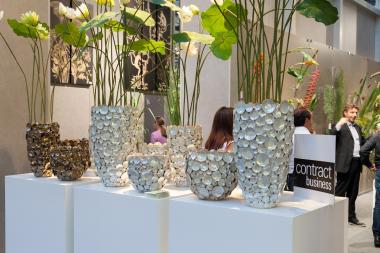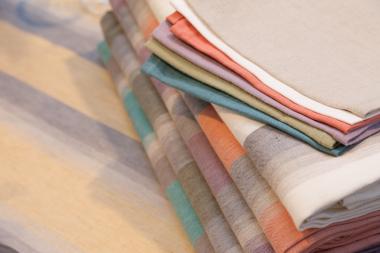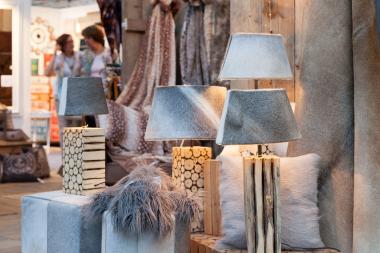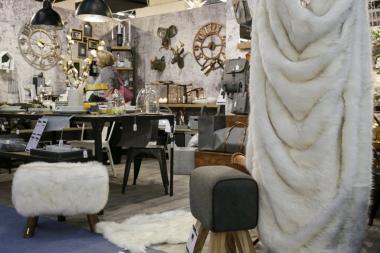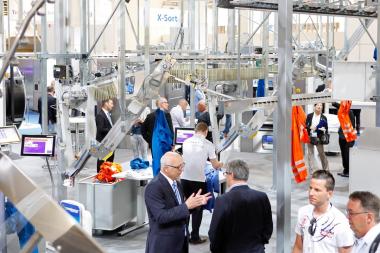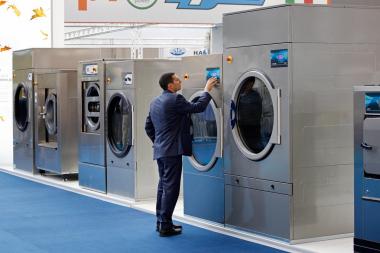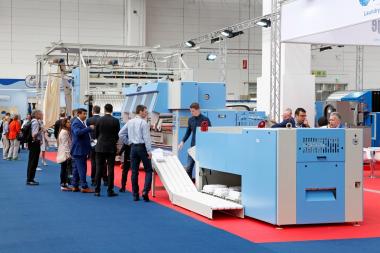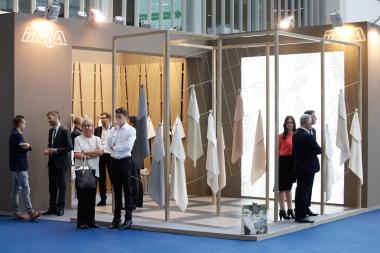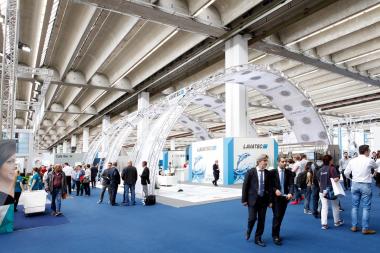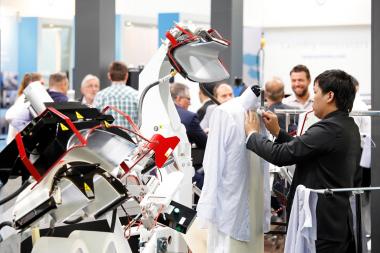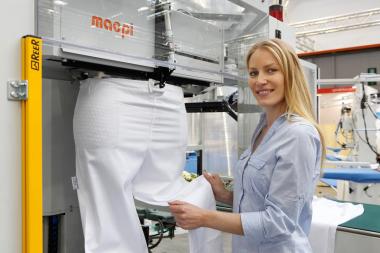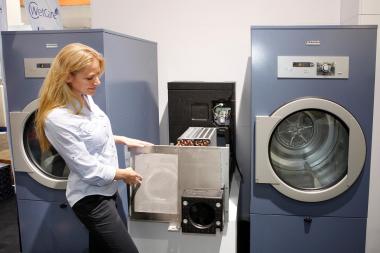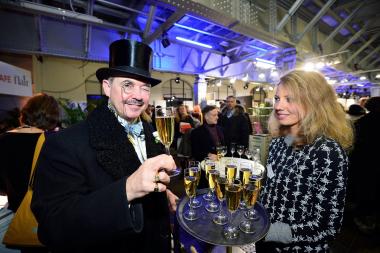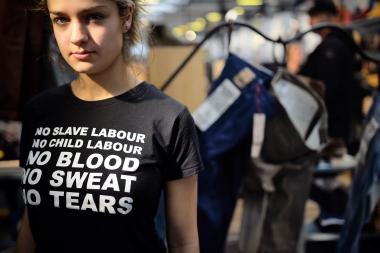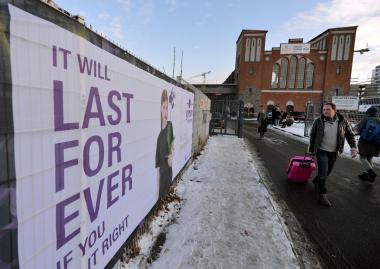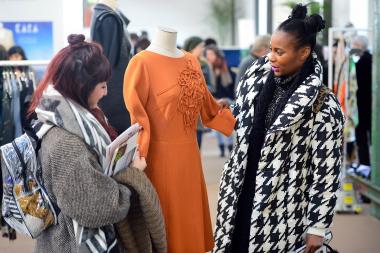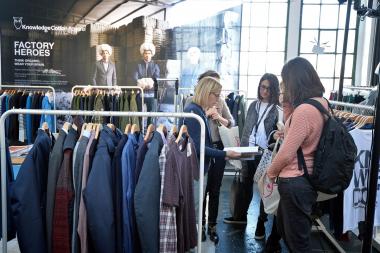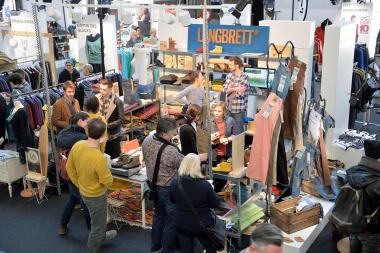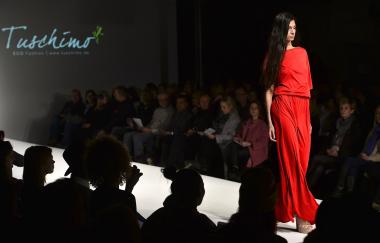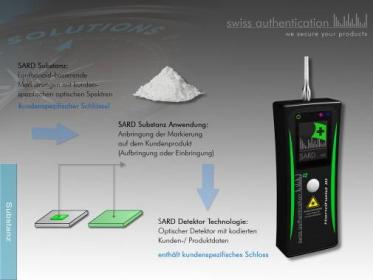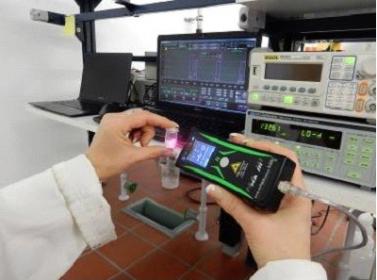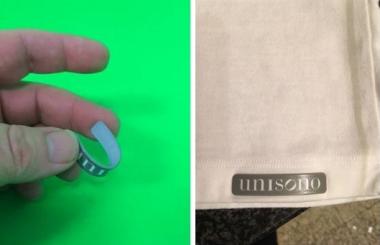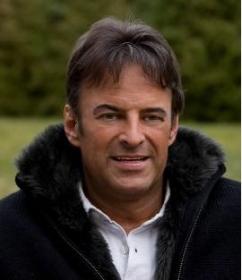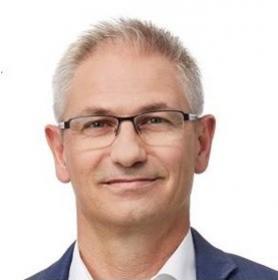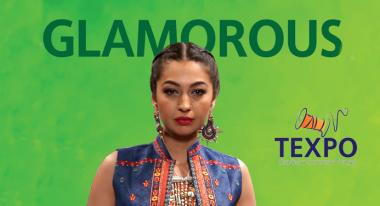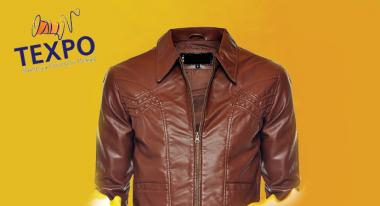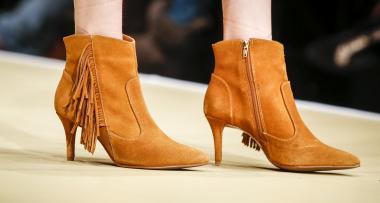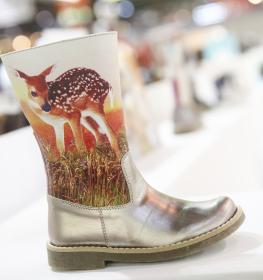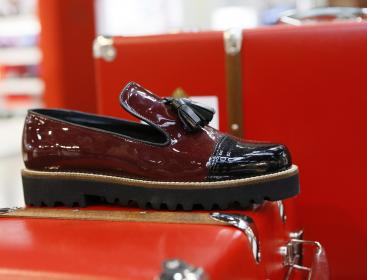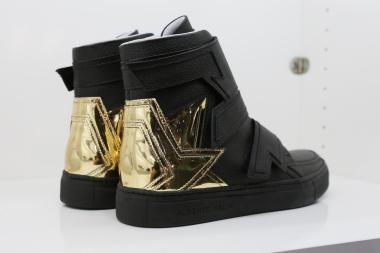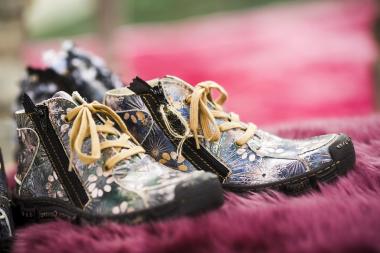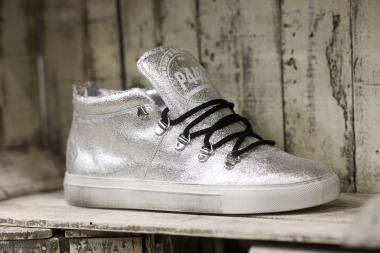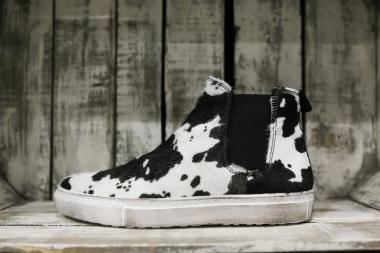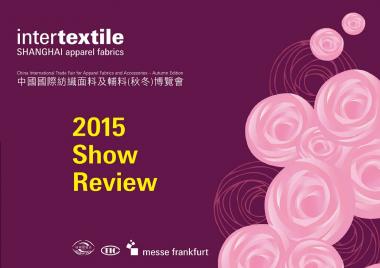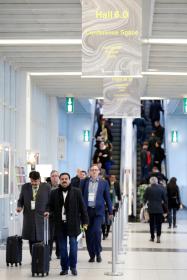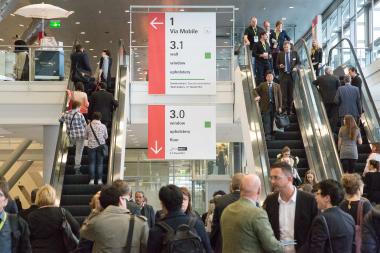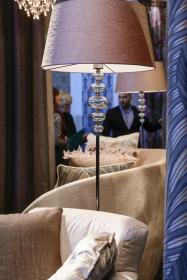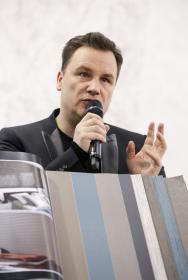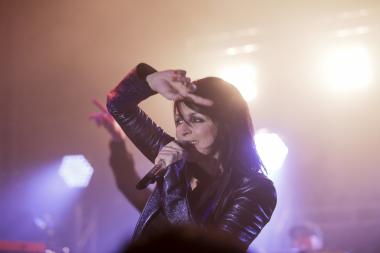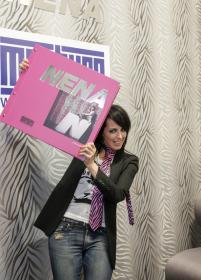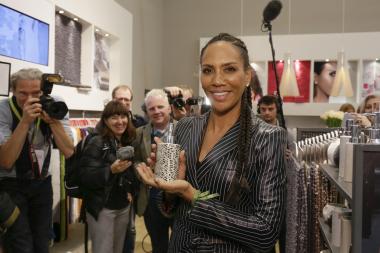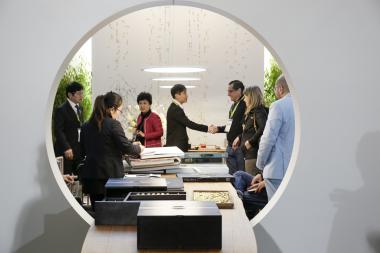EUROSHOP 2017 – DISPLAY MANNEQUINS: REAL MOOD BOOSTERS!
- Visual marketing increases in importance for offline retail in view of e-Commerce competitors
- Display mannequins are in focus for this
- Emotionalising is decisive
- Individuality and flexibility are also demanded
- There is a shift towards semi-abstract mannequins with regional and genre differences
- Proportion of customised mannequins is rising
- Sustainability remains an issue
EuroShop is one of those trade fairs always teeming with visual highlights. Guaranteed to present a special treat here is, of course, the Visual Merchandising Hall, the exhibition place of display mannequins and store window decorations. March 2017 will see Hall 11 of Düsseldorf Exhibition Centre (instead of Hall 4 previously), become a POS experience guaranteed to attract plenty of attention. After all, in view of the e-Commerce competition, visual marketing and the resulting emotional, personalised appearance will become more and more important for bricks-and-mortar retailers. “Consumers’ emotional needs will become the overriding theme for EuroShop,” says Andreas Gesswein, CEO of Genesis Display from Auetal, with conviction.
Display mannequins hold special emotionalising potential. It is not by chance that Düsseldorf visual artist Domagoj Mrsic once presented them as “super heroes” in one of his stagings - as Superman and Wonder Woman, Batman and Catwoman, Spiderman and Spiderwoman. Provided the displays are done well mannequins are in a way real heroes. With their appearance, their posture, gestures and mimics they can really breathe life into shop windows and in-store decorations, serve as sales-promoting tools or arouse empathy, interest and curiosity. And if they are not just headless and very abstract they even give retail stores and brands a profile and signature style. With the power of their poses they send out a clear signal as to which target group is addressed, which degree of fashion and price range is served. Moreover, when arranged in groups, they can serve as story-tellers for passers-by. Unforgettable was the “Ugly’s” line of mannequins by supplier Hans Boodt, which mimicked “real-life” men rather than V-shaped boys with six packs. It included both a long, tall one and a short, fat one dressed in passion-killing underwear. “The new generation of mannequins will say more about the brand. They will participate in communicating more about each brand’s essential values and set them apart from the competition”, says Jean-Marc Mesguich, CEO of Window France headquartered in Carros.
The portfolio offered by the display mannequin industry is wide and varied: in addition to top-model lookalikes it features plus-size beauties, Europeans, Africans and Asians, the afore-mentioned super heroes and funny common people. Kissing couples feature alongside sumo wrestlers. In line with the motto "don't take yourself too seriously", vendors have long also included dogs and cats; and even chameleons since many mannequins prove to be true artists of disguise. “Cameleon”, for example, is a patented concept of Window France: Hundreds of eyes and lips are available to chose from, eye-lashes can be glued on, wigs attached/detached, different make-ups applied or the whole face can be replaced with the help of magnets – in brief, all it takes to ensure a constantly refreshed POS appearance. Add to this what is by now a huge range of colours and materials: surfaces from velvet and rubber are just as common these days as are metallic varnishes or concrete and copper coatings.
In view of what has been presented over the past few years you may wonder what might come next. Although the majority of fashion retailers and brands have not nearly exploited the full potential already available today. In the past few years abstract mannequins were in highest demand. “They are fit for many applications and easy to handle, since no wigs or make-up have to be styled,” says Andreas Gesswein (Genesis Display) accounting for reasons and adds: “But they are also easier to copy and therefore available in every price segment.” In practice, efficiency sometimes clearly “overrides” emotion. “But when stores do not stand out with the image they project they do not prompt shoppers to enter either,” says Jean-Marc Mesguich (Window France). And for EuroShop 2017 Window France will definitely have far more in store than “exciting variations of the abstract theme”.
Faces are back again
The fact is: just like the fashion they are wearing, display mannequins follow trends. Triggered by a desire to cut a sharper profile and stronger expression, industry insiders have seen a trend towards semi-abstract mannequins. “A face is at least alluded to. Mannequins are less neutral and it becomes visible: Retailers want to make a statement again showing their true colours. There is a trend towards addressing target groups with a more high-profile message,” explains Cornel Klugmann, Country Manager for the D-A-CH region at Hans Boodt from the Dutch city of Zwijndrecht. Monica Ceruti, in charge of PR & Communication at Almax from Mariano Comense/Italy, agrees: “It is true that demand for abstract mannequins continues to be high but there is a clear trend towards more realistic facial characteristics. This includes such details as the application of eyelashes or wigs. And dynamic postures are also getting more popular again.”
Andreas Gesswein (Genesis Display) remarks: “Especially in the luxury segment we are registering stronger demand for more realistic mannequins with faces and emotional facial expressions that brands are looking for to stand out from the rest.” A trend that Jean-Marc Mesguich (Window France) confirms: “The Haute Couture brands have already abandoned the egghead in exchange for something that will have more impact and - more importantly - get people talking about their brand.” He adds: “The growing trend of viewing fashion and fashion windows online is pushing brands to make more attractive windows and to change their displays on a more regular basis.”
The days of faceless “eggheads” seem to be over. And above and beyond this? “The look and feel is becoming more and more high-end. White and grey are replacing darker shades, glossy replaces matt and aspirational looks with more charisma are more in demand,” says Cornel Klugmann (Hans Boodt). Monica Ceruti (Almax) sees great potential in “handcrafted looks”. This means torsos with and without arms with different materials for the individual components – pedestal, torso and head – and wood as well as metallic surfaces all set the tone here. Sabrina Ciofi from Design Office La Rosa from Palazzolo Milanese/Italy summarises the “principal themes of tomorrow” as follows: “Customers demand high product quality, the right price, maximum after-sales service and high product flexibility and/or diversity.” This statement should be valid across national borders. Otherwise she says despite all the globalisation: “There are as many trends as there are markets.” Monica Ceruti (Almax) concretized: “In Europe and the USA the differences are not fundamental. In the Middle East, however, mannequins without realistic traits continue to be in demand for religious and cultural reasons. This applies especially to female display mannequins.”
Customised becomes cheaper
Producers report that the percentage of customised mannequins is generally rising. These display mannequins are individually and exclusively manufactured to customers’ specifications. In this way retail companies and brands can stand out from their competitors and consistently leverage their CI. At Hans Boodt, for example, the proportion of customised mannequins is now said to be as high as 75%. And thanks to cost-cutting process optimisation it is expected to rise even further. Like Window France these Dutch vendors have now discovered 3D printing which can serve their purposes and their buyers. While in the past prototypes used to be elaborately modelled by sculptors in clay, these can now be “printed” in a time and cost-saving manner. “On top of this, the process is even more true to life and detailed,” delights Cornel Klugmann (Hans Boodt). Graphic designers create the desired mannequins with CAD systems where all the details can be freely configured. Then the files are uploaded to the printer that puts them into practice 1:1. “We can respond to trends so much faster and at the end of the day also design more new collections each year”, Klugmann explains further benefits. Jean-Marc Mesguich (Window France) adds: “Thanks to 3D we can create mannequins that really correspond to each and every brand and every brand’s precise image, to be perfectly in-sync with their public. This is an important evolution in the role that mannequins play.”
Alongside process optimisation sustainability remains important for the sector. “The fashion sector is now highly aware of this topic and attaches importance to its suppliers also complying with the relevant criteria,” explains Monica Ceruti (Almax). The other market players polled also share this view. For La Rosa, whose mannequins are exclusively designed and manufactured in Italy, sustainability is an integral part of quality. By their own accounts, the Italians have analysed the whole life cycle of their mannequins with a view to minimising their ecological footprint. Almost half of the polystyrene used, they say, is recycled which saves substantial amounts of crude oil and carbon dioxide emissions. On top of this, La Rosa takes back its products after use and re-introduces them into the material cycle. Production operations work with a carbon-capture system, the cooling towers use process water, energy is generated by the company’s own PV park. Andreas Gesswein (Genesis Display) also underscores the importance of this topic: “Our customers focus on trust, honesty and partnership-based cooperation. And this includes providing evidence of sustainability rather than copying other peoples’ marketing straplines. In cooperation with Dupont Tate and Lyle BioProducts we have increased the percentage of biomass in our mannequins even further over the past few years, just the same way we constantly check and optimise our materials, packaging and transport routes for sustainability.” Hans Boodt is also opting for an interesting avenue. The company currently studies whether ocean plastics could be used as a raw material for production.
EuroShop as an opportunity of the future
The display mannequin market is and will be in motion – both on the supply and demand sides. “There are customers who buy their mannequins cheaply online and others who are interested in top quality, professional consulting and holistic visual-merchandising concepts,” explain Andreas Gesswein (Genesis Display) and Cornel Klugmann (Hans Boodt). There should be no doubt about who they expect to be more successful. Andreas Gesswein: “The challenges are enormous. 2016 has been especially challenging for fashion retailers, also in Asia and the USA. Companies are faced with changed market and shopper behaviours. EuroShop 2017 will therefore probably be one of the most important ones since the fair's inception.” Jean-Marc Mesguich emphasizes: “I think that it is essential to be present at EuroShop. For both suppliers and clients. It is a sure way of exchanging views and helps pave the way forward for both parties. This year we are at a turning point in the market, so it will be even more useful for everyone.” Cornel Klugmann also recommends retail representatives to visit the trade fair: “Our innovative power is the opportunity for the future.”
EuroShop 2017 will be open to visitors daily from Sunday 5 March 2017 to Thursday 9 March 2015, 10:00 am to 6:00 pm. A day ticket is EUR 70 (EUR 50 for an e-ticket, purchased online in advance), 2-day ticket EUR 90 (e-ticket: EUR 70) and a 4-day ticket EUR 150 (e-ticket: EUR 130). Entrance tickets include free trips to and from EuroShop on all trains, buses and trams within the networks of the VRR transport authority (Verkehrsverbund-Rhein-Ruhr).


